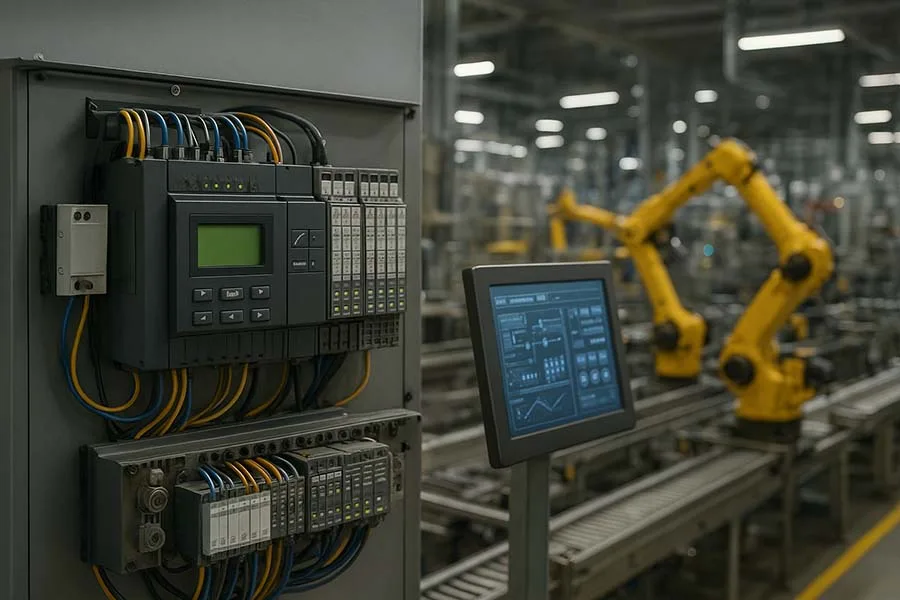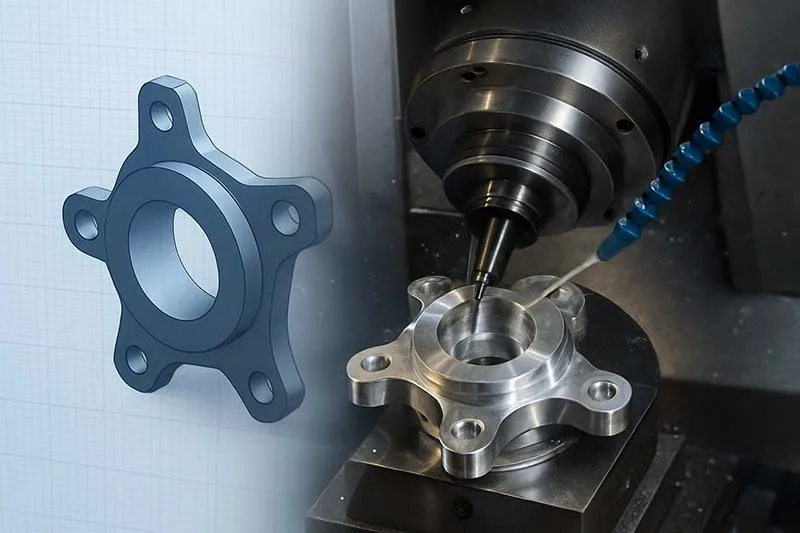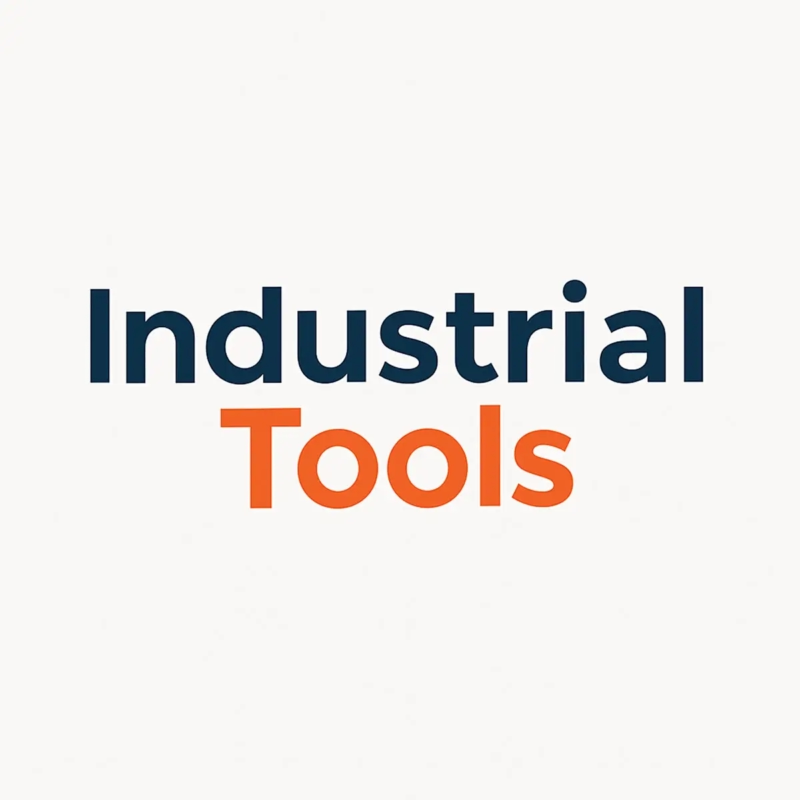Introduction: Why Automation Controls Matter
In today’s industrial landscape, automation is no longer a luxury – it’s a necessity. But behind every smoothly running production line, there’s a system of automation controls ensuring precision, speed, and safety. From small assembly operations to large-scale factories, these controls are the invisible conductors orchestrating machines, robots, and sensors.
Understanding how automation controls work is crucial for engineers, operators, and managers aiming to boost productivity and reduce errors. This guide will explain the types, functions, and applications of automation controls in a way that’s detailed yet easy to grasp.
What Are Automation Controls?
Automation controls are systems that monitor and regulate machines or processes to perform tasks automatically, with minimal human intervention. They are designed to improve efficiency, accuracy, and safety in industrial environments.
At their core, automation controls rely on three essential components:
- Sensors – Collect data from the physical environment (temperature, pressure, speed).
- Controllers – Decide actions based on the sensor data, using pre-programmed logic.
- Actuators – Carry out actions like opening valves, moving robotic arms, or adjusting speeds.
Think of it as a simple loop: Sense → Decide → Act → Repeat.
Types of Automation Controls
Automation controls can be classified into several types depending on their complexity, flexibility, and application:
1. Relay-Based Controls
The earliest form of automation, using electromechanical relays to perform logical operations.
- Pros: Simple, robust, cost-effective.
- Cons: Limited flexibility, prone to wear and tear.
- Typical Use: Small-scale machinery, basic conveyor systems.
2. Programmable Logic Controllers (PLCs)
Digital computers designed for industrial automation. They can handle complex sequences and multiple input/output operations.
- Pros: Flexible, reliable, scalable.
- Cons: Higher initial cost, requires programming expertise.
- Typical Use: Automotive assembly, packaging lines, chemical processing.
3. Distributed Control Systems (DCS)
Used for continuous processes that require precise control over multiple variables.
- Pros: Excellent for complex processes, centralized monitoring.
- Cons: Expensive, complex setup.
- Typical Use: Oil refineries, power plants, large chemical factories.
4. Supervisory Control and Data Acquisition (SCADA)
Focuses on monitoring and controlling geographically distributed assets. Often integrates with PLCs and DCS.
- Pros: Remote monitoring, data logging, alarm systems.
- Cons: Less suitable for high-speed process control.
- Typical Use: Water treatment, electricity grids, pipelines.
5. Human-Machine Interfaces (HMI)
Not exactly controllers themselves but the visual interface operators use to interact with automated systems.
- Pros: Real-time data display, easy control.
- Cons: Relies on underlying control systems.
- Typical Use: Factory dashboards, process visualization.
Functions of Automation Controls
Automation controls perform several critical functions in industrial environments:
- Process Control – Maintain product quality, speed, and consistency.
- Safety Management – Prevent accidents with emergency shutdowns and alarms.
- Data Collection & Reporting – Gather performance data for optimization.
- Energy Efficiency – Optimize machine usage to reduce energy consumption.
- Predictive Maintenance – Monitor conditions to prevent unexpected breakdowns.
How Automation Controls Optimize Industries
Automation controls are central to modern manufacturing strategies:
- Efficiency: Automated systems reduce downtime and speed up production.
- Accuracy: Machines follow precise instructions, minimizing human errors.
- Flexibility: Modern PLCs and DCS can be reprogrammed to adjust production lines for different products.
- Safety: Hazardous tasks can be automated, reducing risk to human workers.
Funny Fact: Some advanced PLC-controlled factories can change entire production lines overnight – making a robot capable of assembling sandwiches one day and precision automotive parts the next. Talk about multi-talented machinery!
Lesser-Known Fact: Many industrial plants still use hybrid systems combining old relay logic with modern PLCs – this often happens because some legacy machines are too costly to replace.
Common Industries Using Automation Controls
- Automotive assembly and EV production
- Food and beverage processing
- Oil, gas, and chemical refining
- Pharmaceuticals and medical device manufacturing
- Utilities and power generation
- Material handling and logistics
Future of Automation Controls
The rise of Industry 4.0 and smart factories is transforming automation controls:
- AI-driven predictive controls
- Edge computing for faster response times
- Cybersecurity-focused industrial controls
- Collaborative robots (cobots) integrated with PLCs and SCADA
The future is a world where automation controls not only execute tasks but also adapt, learn, and optimize themselves, making industrial processes smarter and safer than ever.
Further Read
- Industrial Automation Solutions
- Industrial Automation Systems: The Backbone of Modern Industry
- Process Automation in Manufacturing: The Key to Smarter Production
- Automation Companies to Watch in 2025 and Beyond
- Automation Machines for Industry: Types, Benefits, and Future Trends
- Automated Material Handling Solutions: Benefits, Types & Future Trends
- Automated Control Systems
- Industrial Automation Solutions: Transforming Modern Manufacturing
- Warehouse Automation Tools: Boosting Efficiency in Modern Warehouses
- Intelligent Automation Technologies: The Future of Industry
- Automated Packaging Systems
- Automation Case Studies
- Automation Trends 2025: What’s Next for Industrial Innovation
Conclusion: Mastering Automation Controls
Understanding automation controls is key for anyone involved in industrial operations. From legacy relay systems to sophisticated AI-driven controllers, these systems are the backbone of modern manufacturing. By leveraging automation controls effectively, companies can boost efficiency, safety, and competitiveness.
If you found this guide useful, share it with your team or colleagues – and let us know in the comments: which automation system is your favorite, or the one you use daily?





